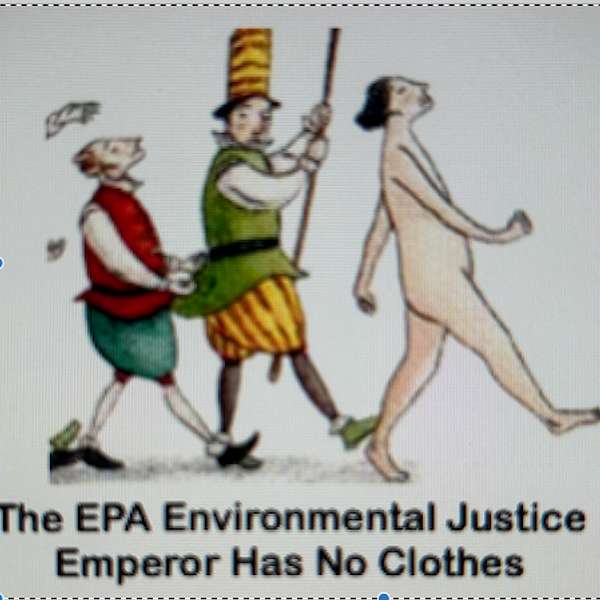
Our Road to Walk: Then and Now
Our Road to Walk: Then and Now
Our Road: Now -- E34: The EPA's Environmental Justice Emperor Has No Clothes
Pulitzer Prize-winning author Than Viet “argues that the way nations remember and re-narrate their pasts isn’t random or coincidental. It’s intentionally curated in memories, monuments, museums, even in key-chains and mugs in gift shops.” He calls this the
“re-narration memory industry.” In other words, they change history.
In this episode, Ken and Deborah examine how the EPA’s environmental justice re-memory industry has and continues to re-narrate the Warren County environmental justice PCB narrative through the use of manipulated language and the efforts of the Warren County Environmental Action Team, a network of organizations and individuals with government, academic, and ecumenical affiliations, led by Bill Kearney.
Now, according to Kearney, the Warren County Environmental Action Team is seeking a partnership with county officials to get substantial EPA environmental justice community grant monies to “leverage the PCB history and the county’s close relationship with the leadership of the EPA” and “to build an Environmental Justice Center of Excellence here in Warren County,” on the PCB brownfield site or somewhere else in Warren County.
With a pot of EPA environmental justice grant monies on the horizon, Kearney, who is a preacher, researcher and consultant, calls for comprehensive assessments of the environmental and health impacts of the PCB contamination.
Ken and Deborah ask:
How, and more importantly, why, would the state have built and the EPA approved a landfill that immediately became such an abject failure in a poor, largely black community? Has an EPA-affiliated research community been preparing for, or is it now seizing the opportunity, for studies of a hazardous waste sacrifice zone, using more than forty years of PCB exposure as part of a research effort?
Could researchers and the EPA, which is captured by the industry it regulates, benefit from learning about the human health risks of long-term exposures to PCBs, gathering human evidence that could be used, for example, by the epidemiological community to set ever-changing legal maximum contaminate exposure levels?
What kind of research ethics are potentially at play here in Warren County today? For forty years, from, 1942-1972, the Centers for Disease Control and Prevention and the U.S. Public Health Services in collaboration with Tuskegee University, conducted studies on nearly 400 African-American men to learn about the effects of untreated syphilis.
Where will Kearney’s research take him with potential EPA community grant monies? How might a partnership with our own county government further such efforts?